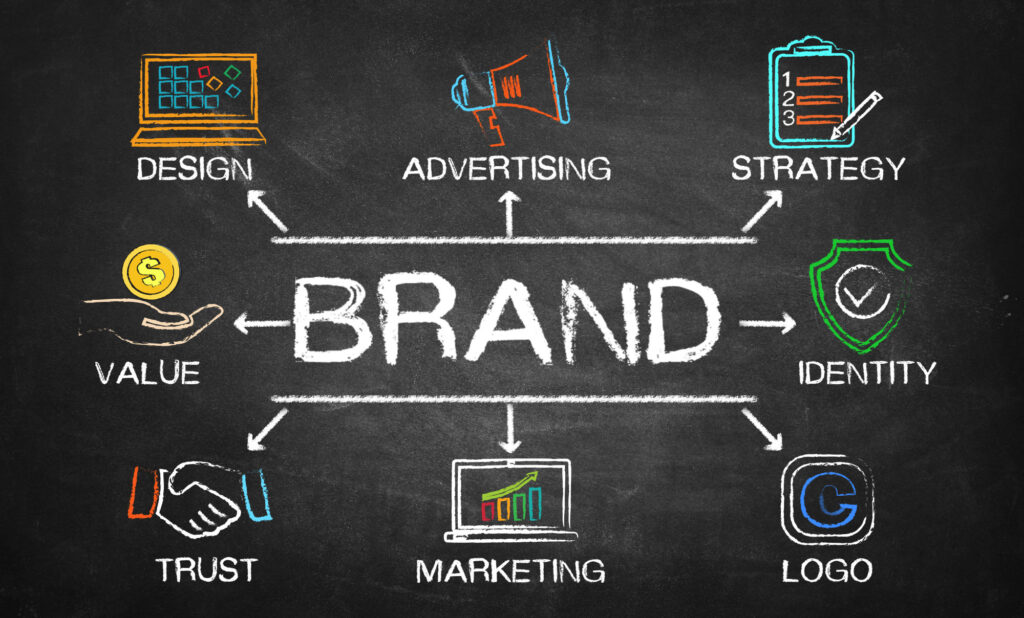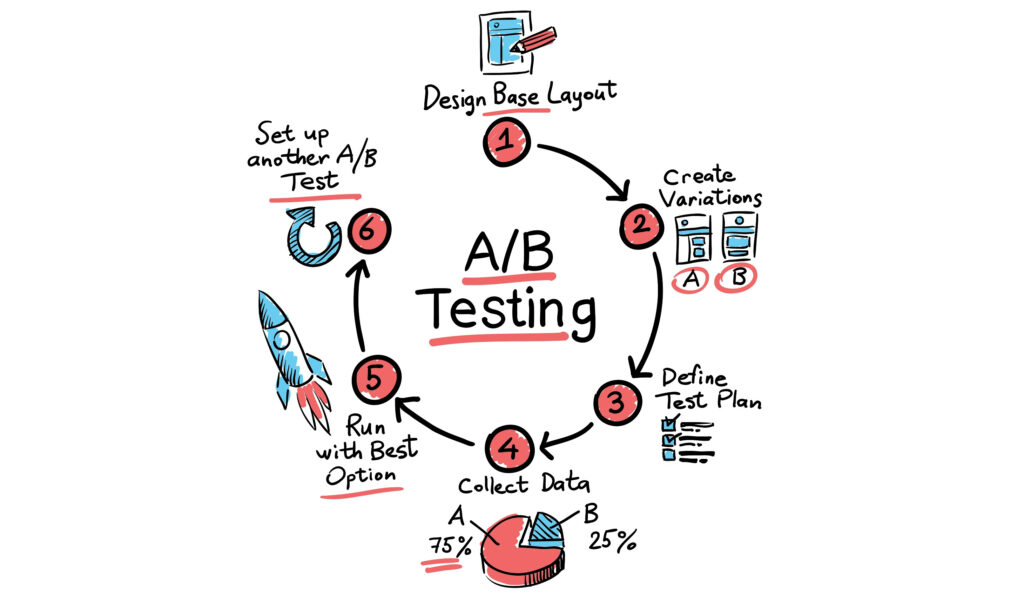Visual marketing is the process of using photos, graphics, videos, and other visual content to market a product or service. As part of a broader marketing strategy, it helps you portray certain subjects and concepts that would otherwise be more difficult to approach using text alone. Thanks to all the progress that digital media has made over the past few years, there are many opportunities for multimedia content and visual marketing.
A brand can invest its resources in infographics, interactive videos, animated GIFs, data visualizations, presentations, and other types of content to successfully interact with the audience. However, to experience all benefits of visual marketing, you have to understand how to use it correctly. Our blog experts picked out the most important visual marketing strategies for your brand.
1. Combine visuals and text

When creating visual marketing content, all elements must be consistent. It means having a healthy balance between the resources you use and the rest of your marketing strategy.
Think about how each element of your visual marketing interacts with others. The text is useful for long descriptions and short labels. Visuals can help fill in the gaps and grab the attention of your audience. Carefully plan every aspect, trying to stay true to your brand image and identity.
2. Create useful content
Being helpful means understanding what your target audience needs. This information is extremely valuable for effective communication with your customers, and it plays a crucial role in helping you to anticipate the reaction of your audience. Knowing what they need, it’s easier to create useful content. Finally, never stop exploring as tastes and needs can change over time and should be reflected in your content.
3. Stay true to your core values

Visual marketing uses several different types of content to deliver your message, but that doesn’t mean you should forget about your main values. A crucial part of your planning involves considering how your brand speaks, its colors, shapes, and designs. Never forget to apply all of these when creating your content. Stay true to your brand messages.
Communicating with your target audience requires you to represent your brand. For example, if you’ve never used humor as part of your strategy, it doesn’t make sense to start posting memes and jokes.
4. Use clear call-to-actions
Visual marketing can help you get your potential leads to the next stage of the buying journey. To do this, be sure to include a clear call to action (CTA) in your messages, taking your target audience’s preferences into account. Creating a strategic call to action usually involves two main steps. The first is determining what you want your audience to do. Then, you need to come up with the right message to convince them to take that leap. Big bright buttons are not always the best choice. Use your brand style to show the value of this next step and guide your audience with a call to action that matches your visual marketing strategy and your brand identity. According to MessageMedia, one of the easiest ways to encourage customer engagement is by using an SMS platform to reach customers in real-time. You can send engaging marketing campaigns, like special offers, in-stock updates, and new product launches, where customers can click on a link in your text to go to your online store and make a purchase.
5. Avoid stock images

Everyone is tired of looking at the same photos everywhere. The images you use can damage your ability to truly communicate with your audience and even devalue your visual marketing strategy. Plan your marketing around the tools you have got and the people working in your business. For example, instead of using a video showing people having a meeting, create an animated video with the same idea. It can grab more attention and be a unique solution for your brand.
6. Make visuals for each platform unique
As you create your visual marketing materials, never forget to adapt them to each channel you use. Using the same content in multiple places can damage our ability to communicate properly. For example, if you are posting an animated video to Instagram, it’s important to keep in mind the duration limit. Also, infographics may not perform as well on this platform due to their size, but you can split them into multiple parts and create a carousel post.
Because of these differences, it’s important to think carefully about where your brand is present and how it interacts on each platform. The more channels there are, the more time will be devoted to adaptation.
7. Run A / B tests

It is almost impossible to get everything right on your first try. Fortunately, technology can help you with that. All you need to do is run some A / B tests on your visual marketing pieces to learn what the best approaches are. With A / B testing, you run similar versions of the same piece of content with variations such as style, colors, and approach. Then, you compare the obtained results and pick the best option.
This means that you can always find out what elements can bring better results to your content. By running constant A / B tests, you can not only choose the best pieces but also learn more about your target audience.
8. Make sharing easier
Would you like to maximize the viral potential of visual marketing? Then you have to make it easier for people to share your pieces of content. Sometimes all you need to do to increase your brand awareness is to offer a handy Share button.
This may require some changes to your media, such as your blog or website. Avoid being assertive as this can scare people away.
9. Use the right tools

Visual marketing will help you achieve good results when you use good tools to create your content. Be sure to choose a tool that helps you plan your work appropriately and has the resources you require. It’s even better when such tools are being specifically designed for your brand. A good way to make sure a tool is effective is to look at the content people produced using them. Try to find results that are similar to the ones you want to achieve.
Read this blog to learn more about the most commonly used visual advertising techniques.









